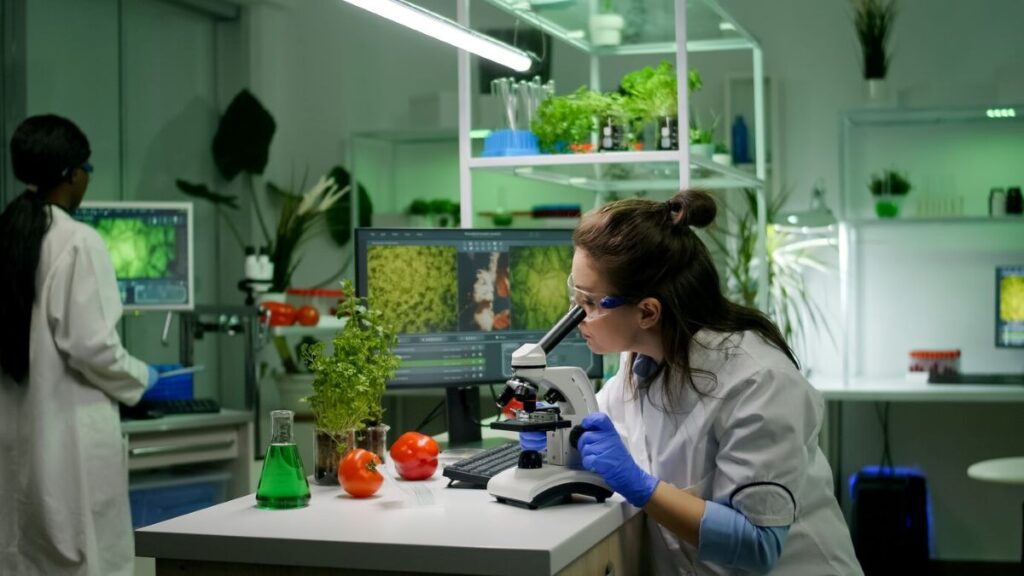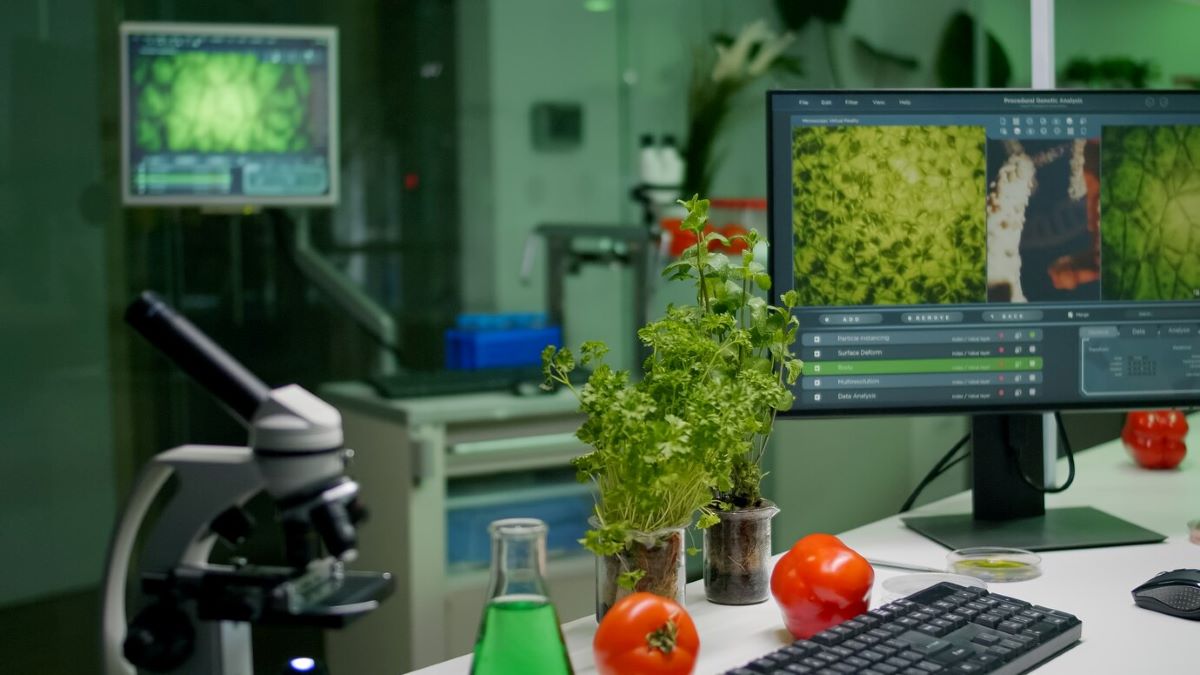In today’s fast-paced global market, ensuring the safety and quality of food products is paramount. With increasing consumer awareness and regulatory demands, food businesses must adopt robust systems to enhance supply chain transparency. One effective solution is the implementation of food safety traceability software. This article explores how such software can significantly improve transparency in the supply chain, ultimately benefiting both businesses and consumers.
The Importance of Supply Chain Transparency
Supply chain transparency refers to the visibility of the entire process involved in bringing a product from its origin to the consumer. In the food industry, this means tracking every step from farm to fork. Transparency is crucial for several reasons, including consumer trust, compliance with regulations, and the ability to respond swiftly to food safety issues.
Building Consumer Trust
Consumers today are more informed and concerned about the origins of their food. They want to know where their products come from, how they are produced, and whether they are safe to consume. By utilising food safety traceability software, businesses can provide detailed information about their products, including sourcing, processing, and distribution. This openness fosters trust and loyalty among consumers, who are more likely to purchase from brands that prioritise transparency.
Regulatory Compliance
Governments worldwide are tightening regulations surrounding food safety. Businesses must comply with these laws to avoid penalties and maintain their reputation. Traceability software helps companies keep accurate records of their supply chain processes, ensuring they can easily demonstrate compliance during audits. This proactive approach not only mitigates risks but also streamlines operations, saving time and resources.
How Food Safety Traceability Software Works
Food safety traceability software is designed to track and monitor food products throughout the supply chain. It collects data at various stages, allowing businesses to trace the journey of their products in real-time. This section delves into the key functionalities of such software and how they contribute to improved transparency.
Data Collection and Integration
The first step in enhancing supply chain transparency is effective data collection. Food safety traceability software integrates with existing systems to gather data from multiple sources, including suppliers, manufacturers, and distributors. This integration ensures that all relevant information is centralised, making it easier to access and analyse.
For example, when a product is harvested, details such as the location, date, and method of harvesting can be recorded. As the product moves through processing and distribution, additional information can be added, creating a comprehensive digital record that follows the product throughout its lifecycle.
Real-Time Tracking
One of the standout features of food safety traceability software is its ability to provide real-time tracking of products. With GPS and RFID technology, businesses can monitor the location and condition of their products at any given time. This capability is particularly beneficial in the event of a recall, as it allows companies to quickly identify affected batches and take appropriate action.
Moreover, real-time tracking enhances inventory management, reducing waste and optimising supply chain efficiency. By knowing exactly where products are and their status, businesses can make informed decisions regarding stock levels and distribution strategies.

Reporting and Analytics
The data collected by traceability software can be harnessed for insightful reporting and analytics. Businesses can generate reports that highlight trends, identify potential risks, and evaluate supplier performance. This information is invaluable for making strategic decisions and improving overall supply chain operations.
Additionally, analytics can help businesses predict future challenges, enabling them to implement preventative measures. For instance, if a particular supplier consistently has issues with product quality, a company can choose to diversify its supplier base to mitigate risks.
Benefits of Implementing Traceability Software
Adopting food safety traceability software offers numerous advantages that extend beyond mere compliance. The following benefits illustrate how such software can transform supply chain operations.
Enhanced Food Safety
At the core of food safety traceability software is the goal of enhancing food safety. By providing a clear view of the supply chain, businesses can quickly identify potential contamination sources and respond effectively. In the event of a foodborne illness outbreak, traceability software enables swift identification of affected products, significantly reducing the risk to consumers.
Moreover, the ability to trace products back to their origin allows businesses to work closely with suppliers to implement better safety practices. This collaborative approach not only improves safety but also strengthens relationships within the supply chain.
Cost Savings
While the initial investment in traceability software may seem daunting, the long-term cost savings can be substantial. By streamlining operations, reducing waste, and minimising recalls, businesses can save money in various ways. For instance, efficient inventory management reduces excess stock and lowers storage costs, while quick response to recalls mitigates potential financial losses.
Additionally, improved supplier relationships can lead to better pricing and terms, further enhancing profitability. In a competitive market, these savings can provide a significant edge over competitors who may not have adopted such technologies.
Improved Brand Reputation
In an era where consumers are increasingly concerned about the ethical implications of their purchases, businesses that prioritise transparency and safety can significantly enhance their brand reputation. By implementing food safety traceability software, companies demonstrate their commitment to quality and consumer welfare.
A strong reputation not only attracts new customers but also fosters loyalty among existing ones. Consumers are more likely to recommend brands they trust, leading to organic growth through word-of-mouth marketing.
Challenges and Considerations
While the benefits of food safety traceability software are compelling, businesses must also consider potential challenges associated with its implementation. Understanding these challenges can help organisations prepare and adapt effectively. You may like to visit https://apolloappsolutions.com/how-food-safety-and-quality-management-software-supports-continuous-improvement/
Integration with Existing Systems
One of the primary challenges businesses face when adopting new technology is integrating it with existing systems. Many companies rely on legacy systems that may not be compatible with modern traceability software. This can lead to data silos and inefficiencies if not addressed properly.
To overcome this challenge, businesses should conduct a thorough assessment of their current systems and processes. Collaborating with software providers to ensure seamless integration can help mitigate potential issues and ensure a smooth transition.

Training and Adoption
Another critical consideration is the need for training and adoption among staff. Employees must understand how to use the new software effectively to maximise its benefits. This may require investment in training programs and ongoing support to ensure that all team members are comfortable with the technology.
Encouraging a culture of transparency and accountability within the organisation can also facilitate smoother adoption. When employees understand the importance of traceability and its impact on food safety, they are more likely to engage with the software positively.
Conclusion
In an increasingly complex food supply chain, transparency is no longer optional. Food safety traceability software offers a powerful solution for businesses looking to enhance their operations and build consumer trust. By providing real-time tracking, comprehensive data collection, and insightful analytics, this technology empowers companies to navigate the challenges of modern food safety.
While implementing such software may present challenges, the long-term benefits—enhanced food safety, cost savings, and improved brand reputation—far outweigh the initial hurdles. As the food industry continues to evolve, embracing traceability software will be essential for businesses aiming to thrive in a competitive market.
Ultimately, investing in food safety traceability software is not just about compliance; it is about creating a safer, more transparent food supply chain that benefits everyone involved—from producers to consumers. The future of food safety lies in transparency, and the right software can pave the way for a brighter, safer tomorrow.

